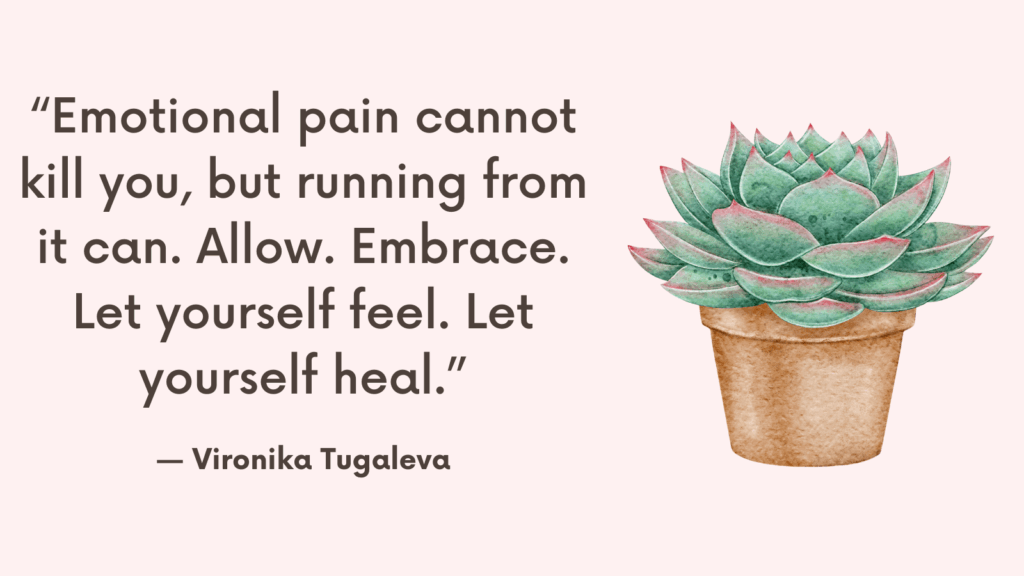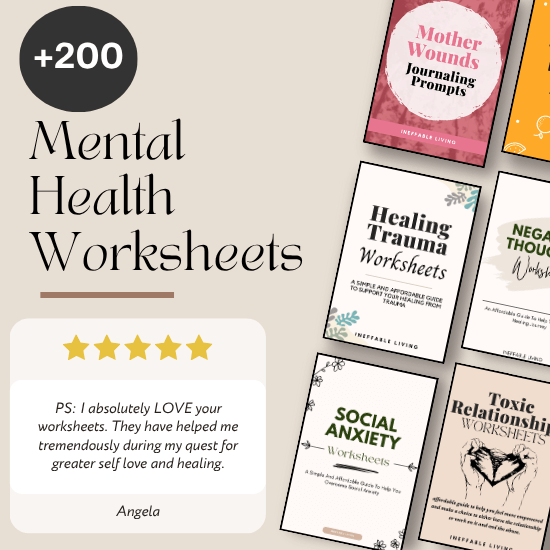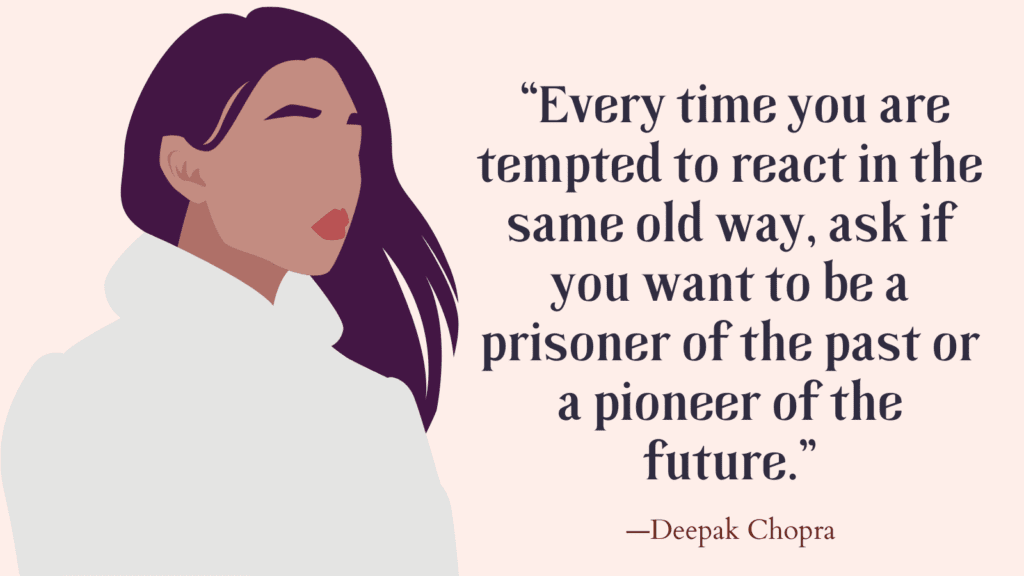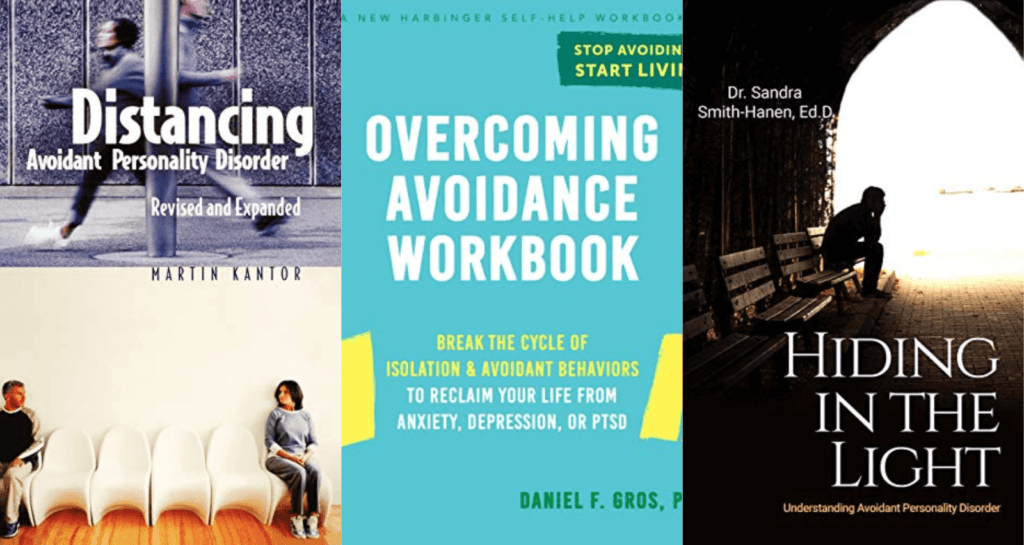The avoidance cycle is a self-reinforcing loop where you avoid something uncomfortable—like a thought, task, or emotion—and get short-term relief, but long-term anxiety or stress increases. Spotting this pattern in your daily life is the first step toward breaking it.
What Is the Avoidance Cycle?
The avoidance cycle is a pattern where a person avoids a situation that causes anxiety, which brings short-term relief but reinforces long-term fear. When you dodge what you fear, your brain learns that avoidance works — so the anxiety stays or even grows.
For example, if giving a presentation makes you anxious and you skip it, you feel better in the moment. But this reinforces the idea that presentations are dangerous, making it harder to face them in the future. Over time, the cycle shrinks your comfort zone and increases your sensitivity to triggers.
Avoidance may offer quick comfort, but it keeps you stuck. Breaking the cycle requires facing fears in small, manageable steps to retrain your brain and build confidence.
Related: Top 10 Social Withdrawal Signs — & How To Social Isolation? (Hikikomori Syndrome)
How to Spot the Avoidance Cycle in Everyday Life?
1. Notice What You Keep Postponing
Do you repeatedly put off certain conversations, decisions, or tasks? Frequent procrastination, especially with things that make you anxious or uncomfortable, is a clear sign of avoidance.
2. Track Your Relief Pattern
After avoiding something, do you feel momentary relief followed by guilt, stress, or dread? That brief comfort is the core reward that keeps the avoidance cycle going.
3. Observe Your Excuses
Pay attention to thoughts like:
“I’ll do it later.”
“I’m not in the right headspace.”
“It’s not that urgent.”
These rationalizations often mask avoidance disguised as self-care or logic.
4. Watch for Distractions You Turn to Repeatedly
Mindless scrolling, binge-watching, cleaning, or unnecessary errands can all be avoidance tactics. If you often use these to escape discomfort, you’re likely in an avoidance loop.
5. Monitor Emotional Discomfort
Do you avoid people, places, or thoughts that bring up anxiety, guilt, or vulnerability? Avoidance often shows up in subtle emotional retreats like canceling plans or changing the topic.
Related: Best 9 Tips On How To Stop Avoidance Cycle (+FREE Worksheets PDF)
6. Pay Attention to Somatic Clues
Does your body tense, freeze, or feel heavy when faced with a task or interaction? Physical sensations like nausea, fatigue, or a racing heart can be your system’s attempt to avoid perceived threat.
7. Identify Your Escape Behaviors
Do you leave events early, ghost people, or stay silent in meetings to avoid discomfort? Avoidance often looks like non-action or early exit strategies.
8. Ask: “What Am I Trying Not to Feel?”
Avoidance is often tied to emotional protection. Whether it’s fear of rejection, failure, or judgment, naming what you’re trying to avoid helps uncover the pattern.
9. Recognize the Repeating Patterns
Do similar issues keep resurfacing—unfinished projects, recurring arguments, or constant self-doubt? Repetition signals that avoidance is preventing resolution.
10. Track Avoidance-Triggered Anxiety
Avoidance doesn’t solve problems—it delays them and often makes them bigger. If anxiety returns stronger after avoidance, that’s a red flag that you’re caught in the cycle.
Related: The Difference Between Coping & Escaping
11. Watch for Overplanning Without Action
Creating detailed plans but never starting is a form of productive-looking avoidance. It gives the illusion of progress while keeping you stuck.
12. Listen for Self-Sabotage Phrases
Thoughts like “Why bother?” or “I’ll mess it up anyway” signal fear-based avoidance dressed as self-protection.
How to Break the Avoidance Cycle?
Breaking the avoidance cycle means learning to face discomfort rather than escape it. This doesn’t require drastic action—it’s about consistent, small steps that rebuild your tolerance for difficult emotions, tasks, or situations. Over time, each step rewires your brain to trust that you can handle what you once feared.
1. Acknowledge the Short-Term Relief
Admit to yourself: “Avoidance makes me feel better—temporarily.” This helps you understand why your brain repeats the cycle and prepares you to interrupt it consciously.
2. Understand the Long-Term Cost
Remind yourself that avoidance often increases anxiety, guilt, and stress over time. Seeing the bigger cost helps you feel more motivated to face the discomfort.
Related: Best 15 Books About Fear
3. Break the Task or Fear Into Tiny Steps
Don’t try to face the entire mountain at once. Break it down:
- Instead of “respond to all emails,” start with “open inbox.”
- Instead of “have the big conversation,” start with “write down what I want to say.”
4. Use the “10-Minute Rule”
Commit to doing the avoided task or facing the discomfort for just 10 minutes. Often, starting is the hardest part, and once you begin, momentum builds naturally.
5. Talk to Your Anxiety Like a Voice, Not a Truth
Say: “I hear you, Anxiety. I know you’re trying to protect me, but I don’t need to escape right now.” This separates you from the avoidance impulse.
6. Practice Response Instead of Reaction
When avoidance urges rise, pause and ask:
“What would my calm, wise self do right now?”
Respond from that part of you, not the fear-based voice.
7. Increase Exposure Gradually
The more you gently face what you fear, the more your brain learns it’s survivable. Exposure doesn’t mean forcing—it means showing up consistently in tolerable doses.
Related: Best 5 Avoidant Personality Disorder Books
8. Practice Self-Compassion, Not Self-Criticism
You won’t break the cycle overnight. When you slip into avoidance, speak kindly to yourself: “That’s okay. I’ll try again.” Compassion keeps progress sustainable.
9. Use Visual or Written Accountability
Write down what you’re working to face. Track your progress visually (checklists, journals, habit trackers). This reinforces action and creates a clear narrative of growth.
10. Pair Avoidance Tasks With Comfort
Link avoided actions to something pleasant:
- Light a candle while tackling paperwork
- Play soft music while preparing for a difficult conversation
Pairing discomfort with care helps reduce resistance.
11. Remind Yourself: Discomfort Is Not Danger
Feeling anxious, uncertain, or vulnerable doesn’t mean you’re unsafe. The more you sit with those feelings without escaping, the more your nervous system adapts.
Related: Hikikomori Test (+FREE Worksheets)
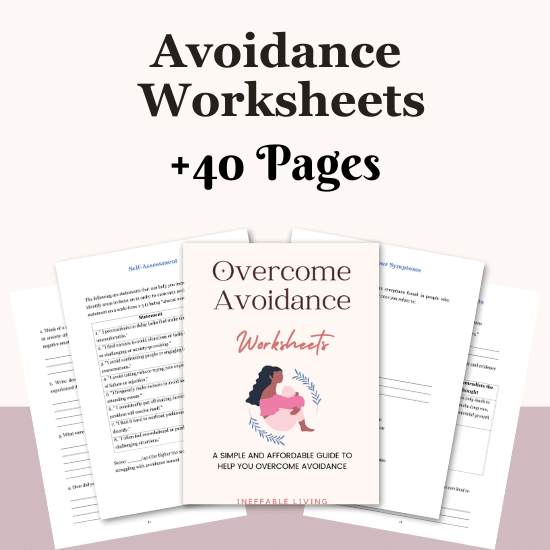
Conclusion
Breaking the avoidance cycle is not about forcing yourself into fear—it’s about gently showing your system that facing discomfort won’t break you. Over time, avoidance loses its power, and confidence takes its place.
